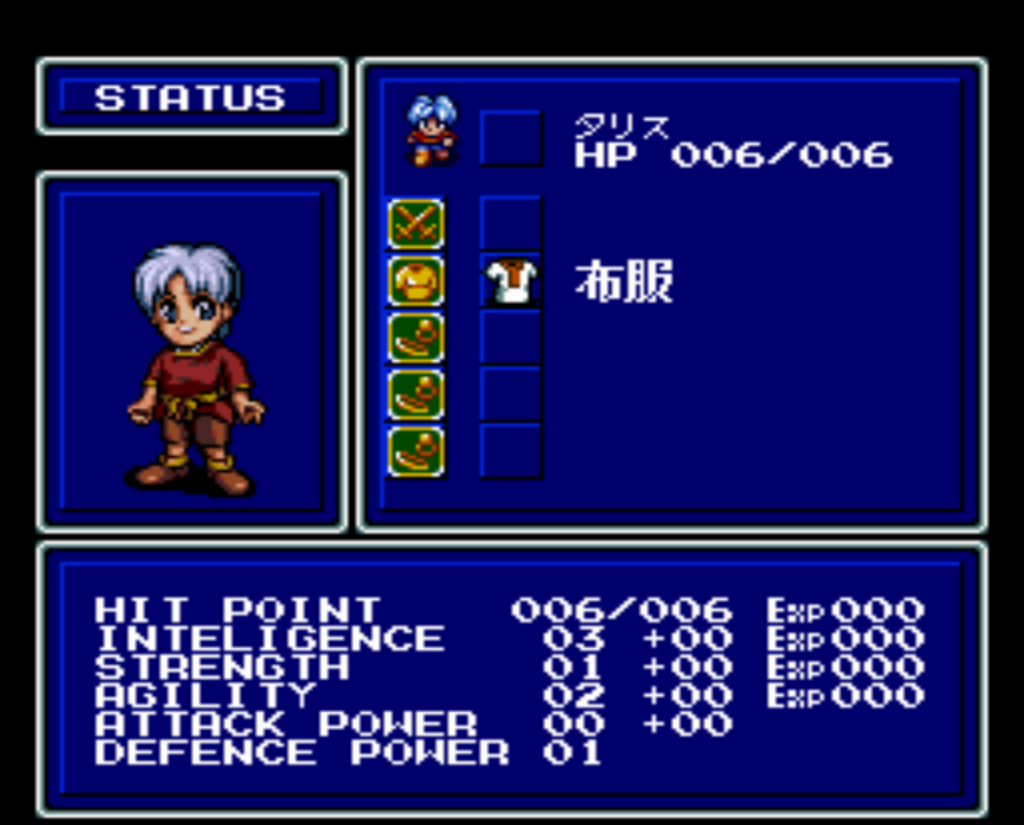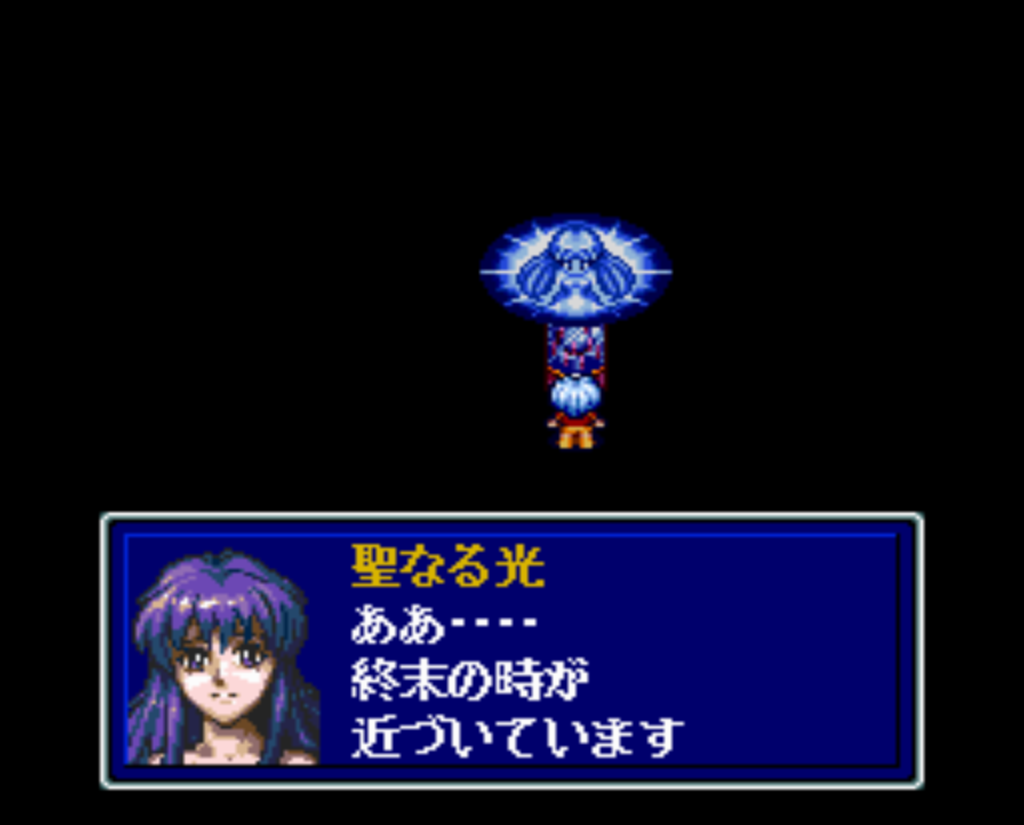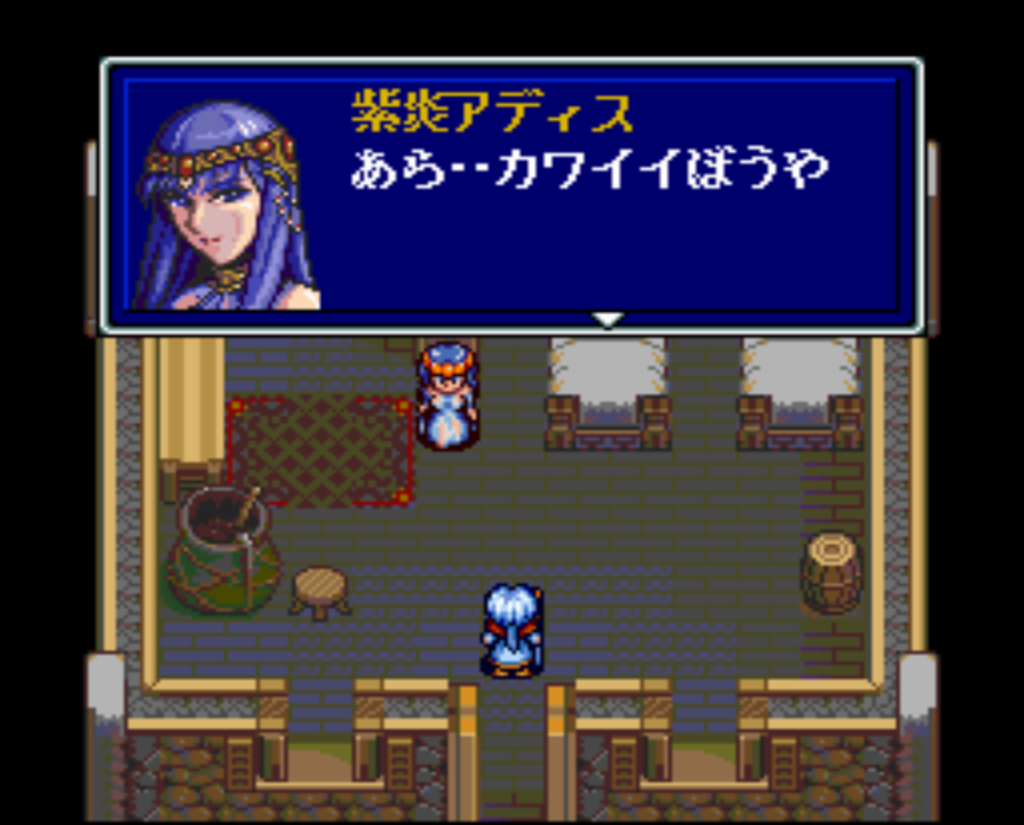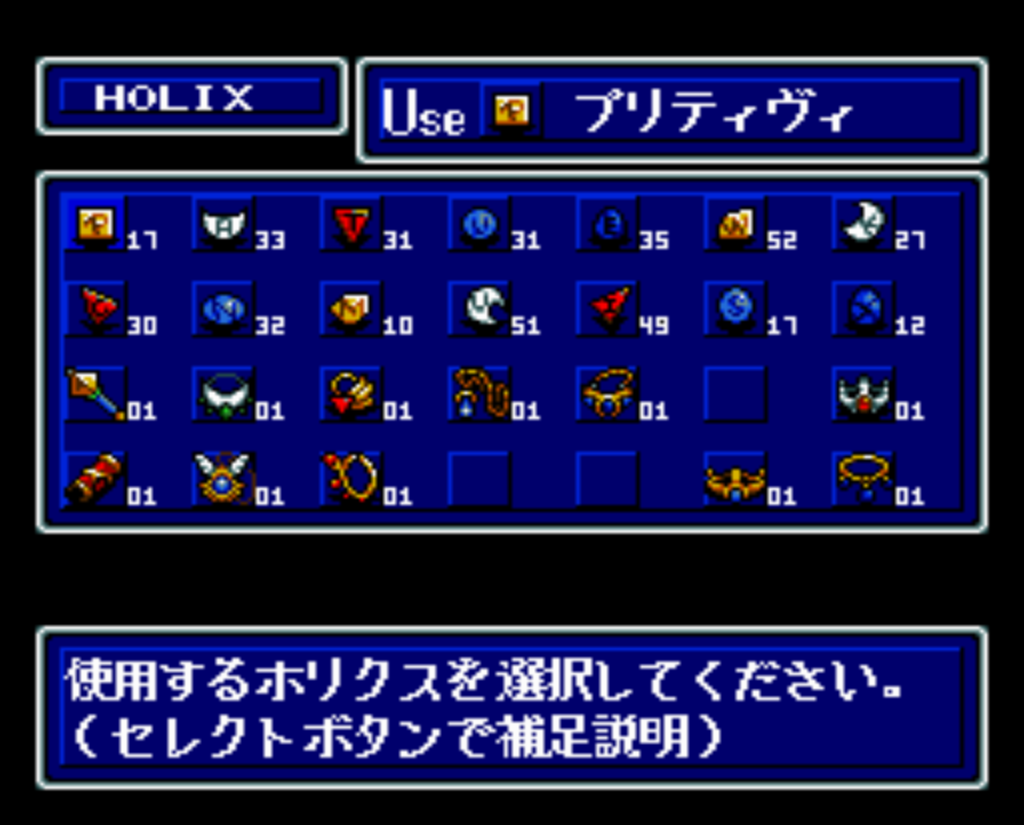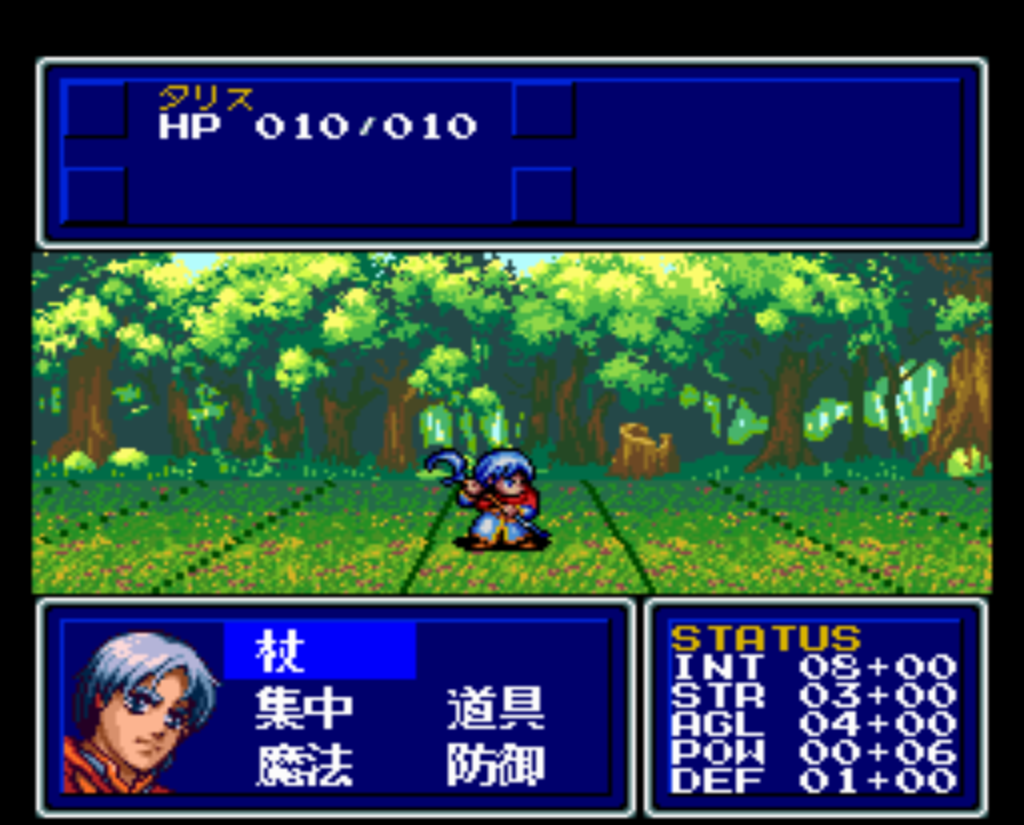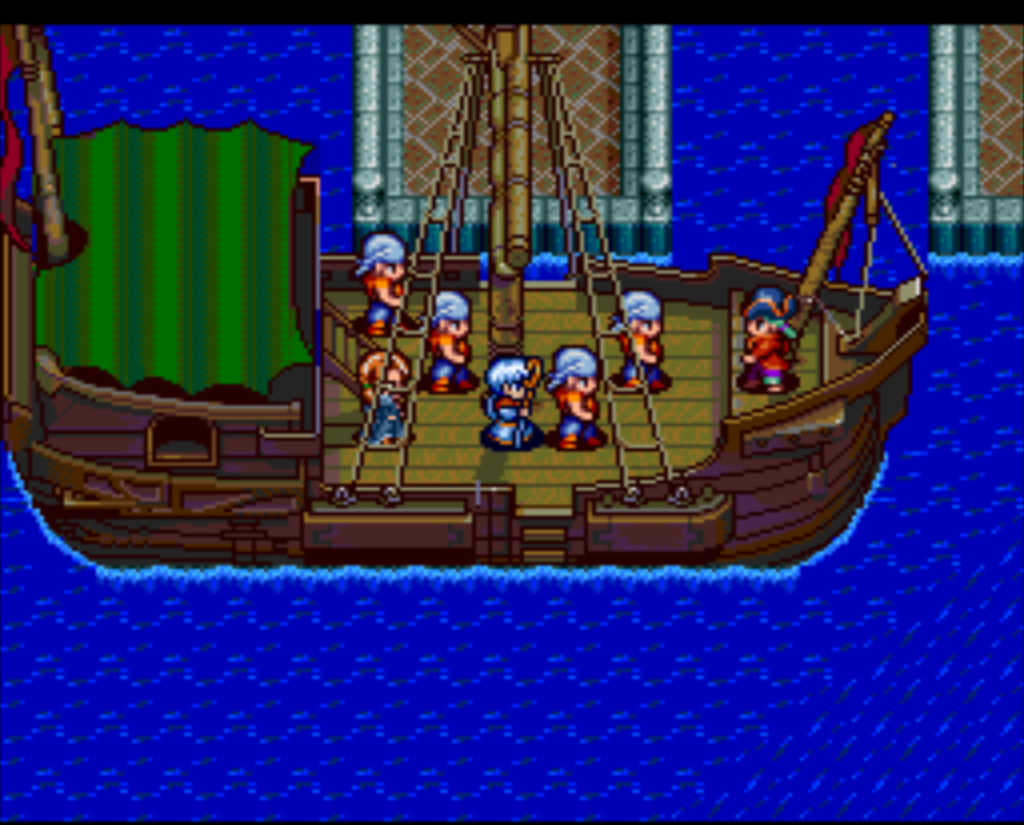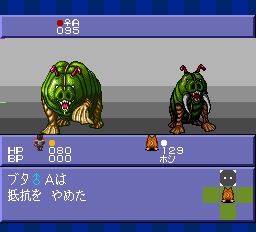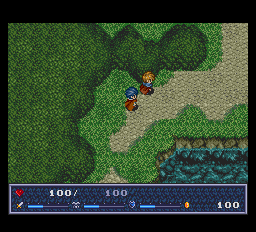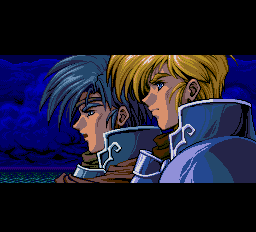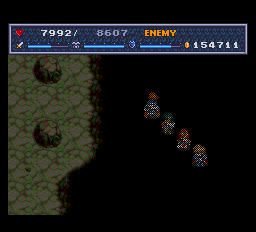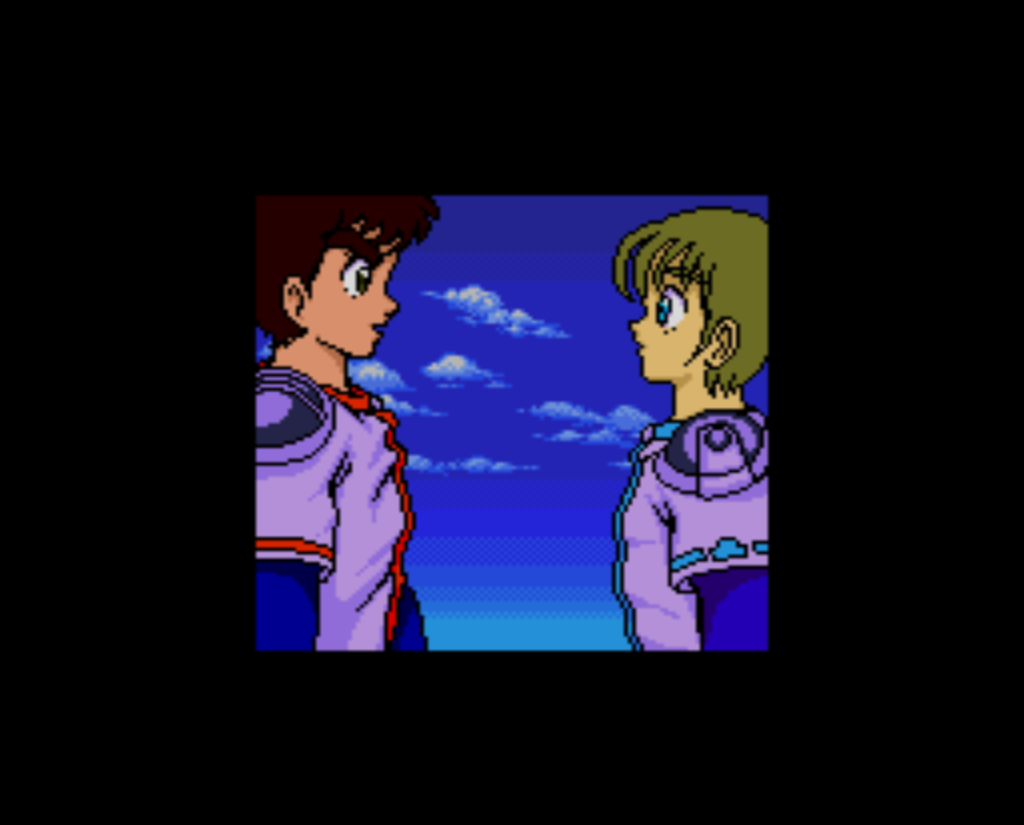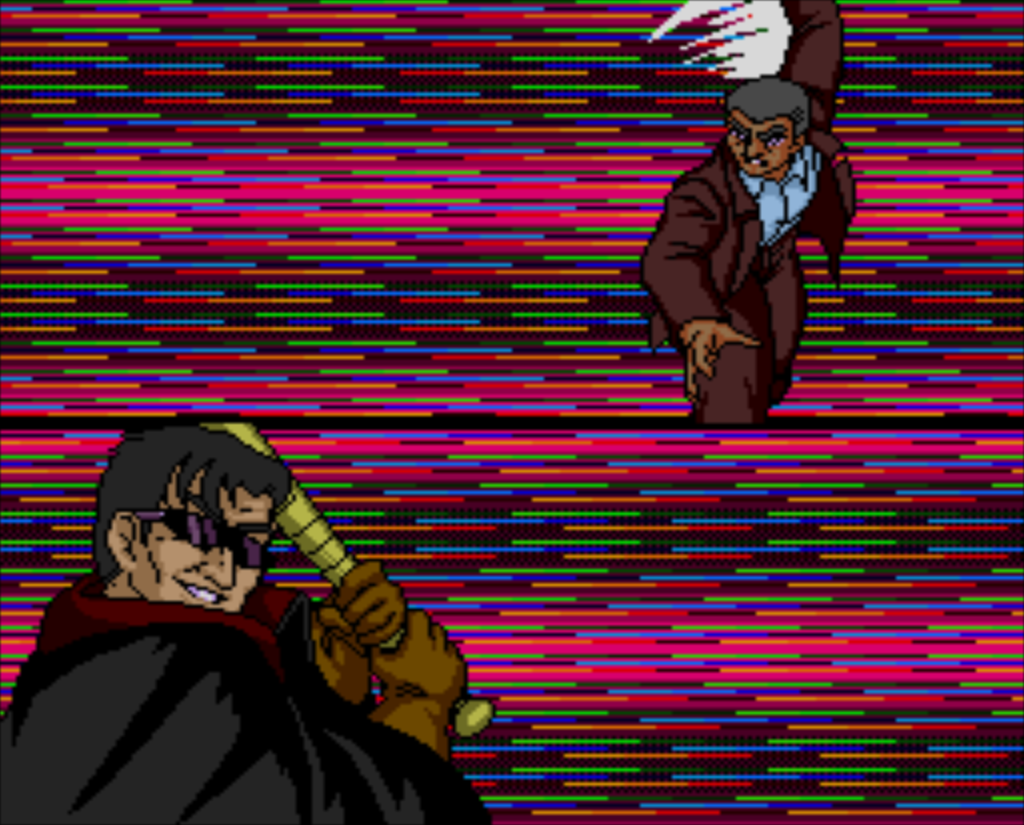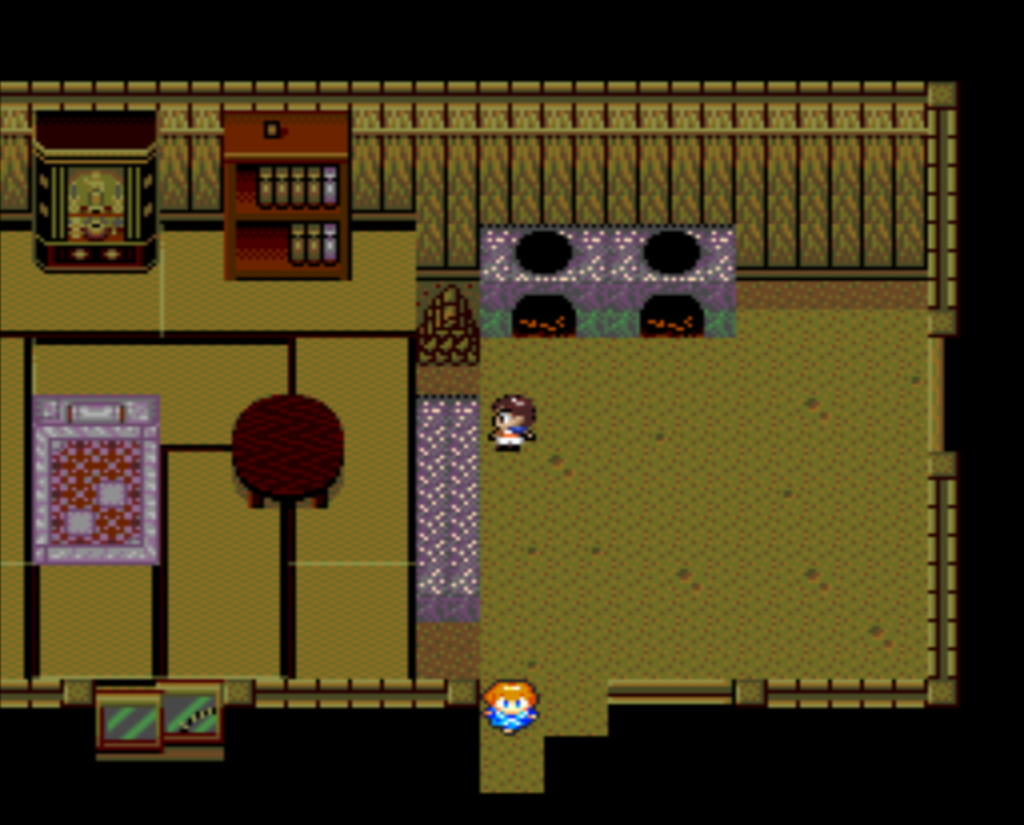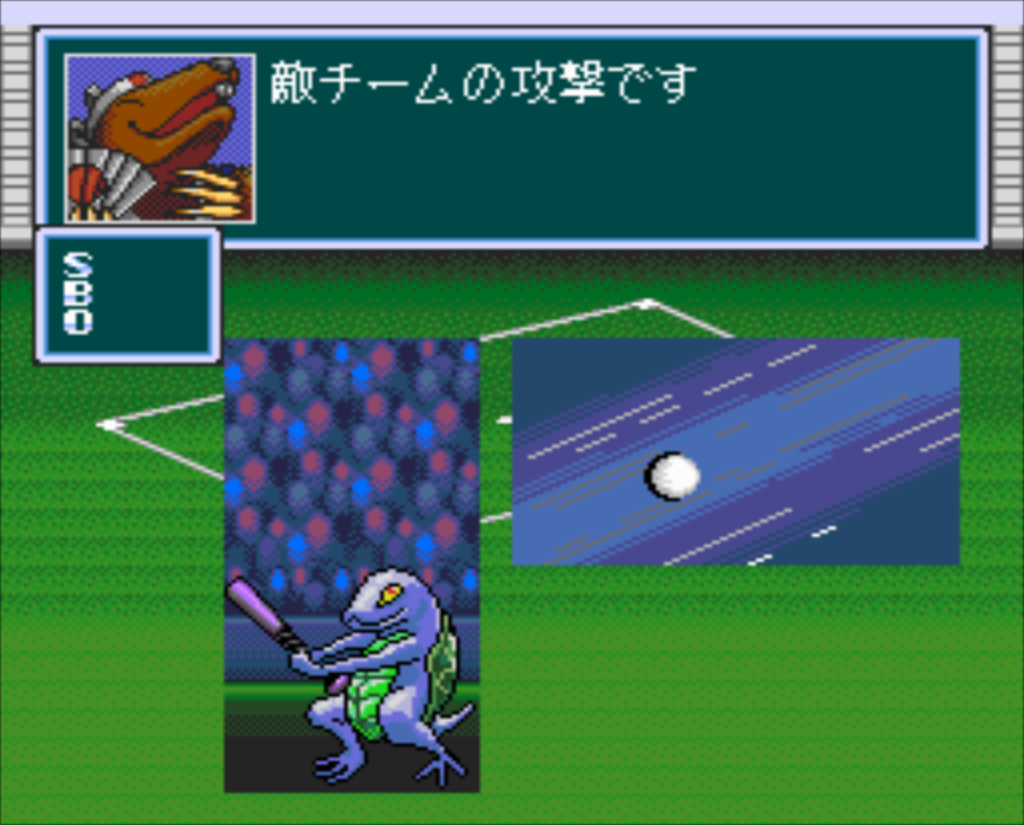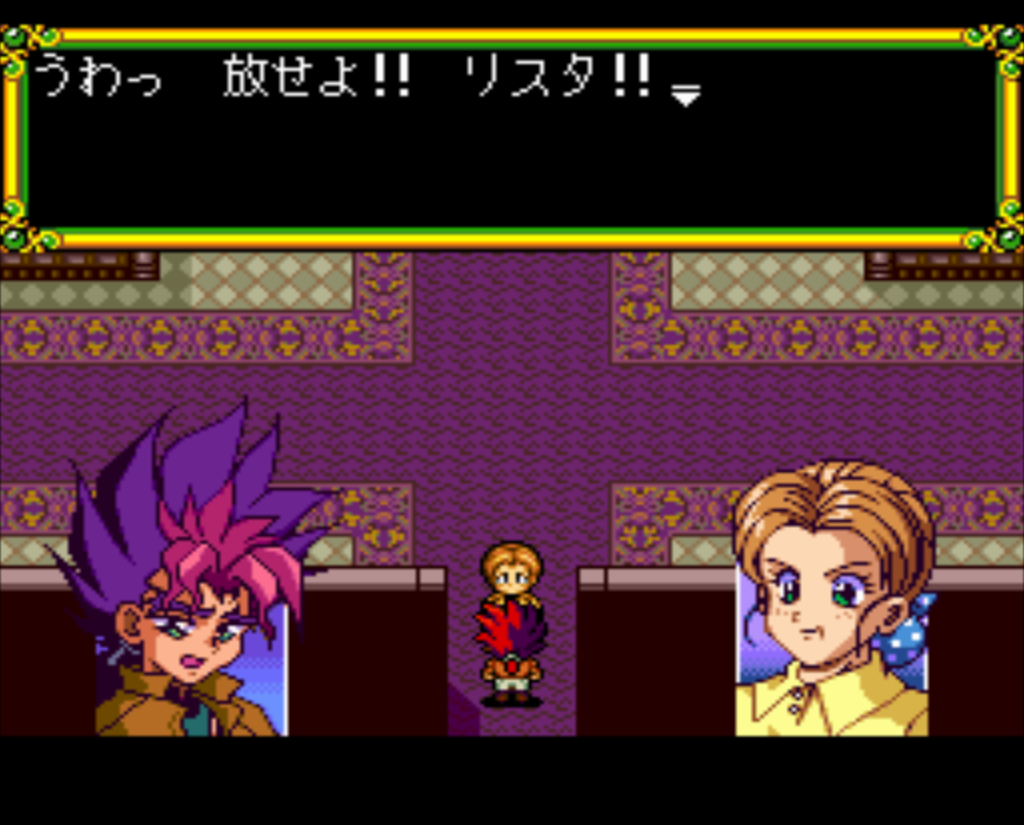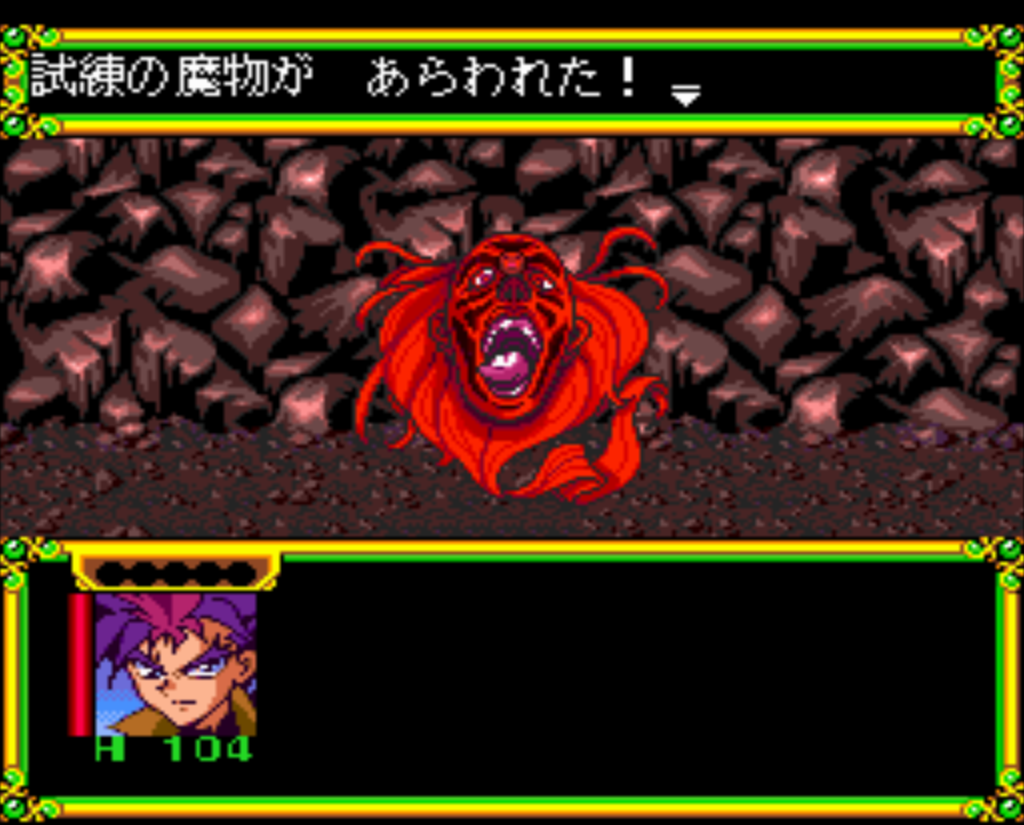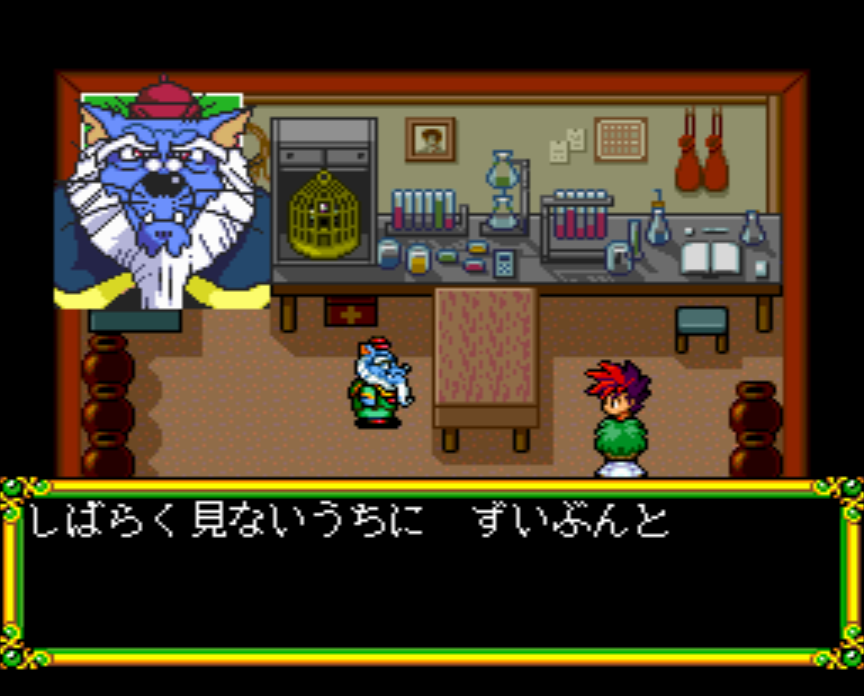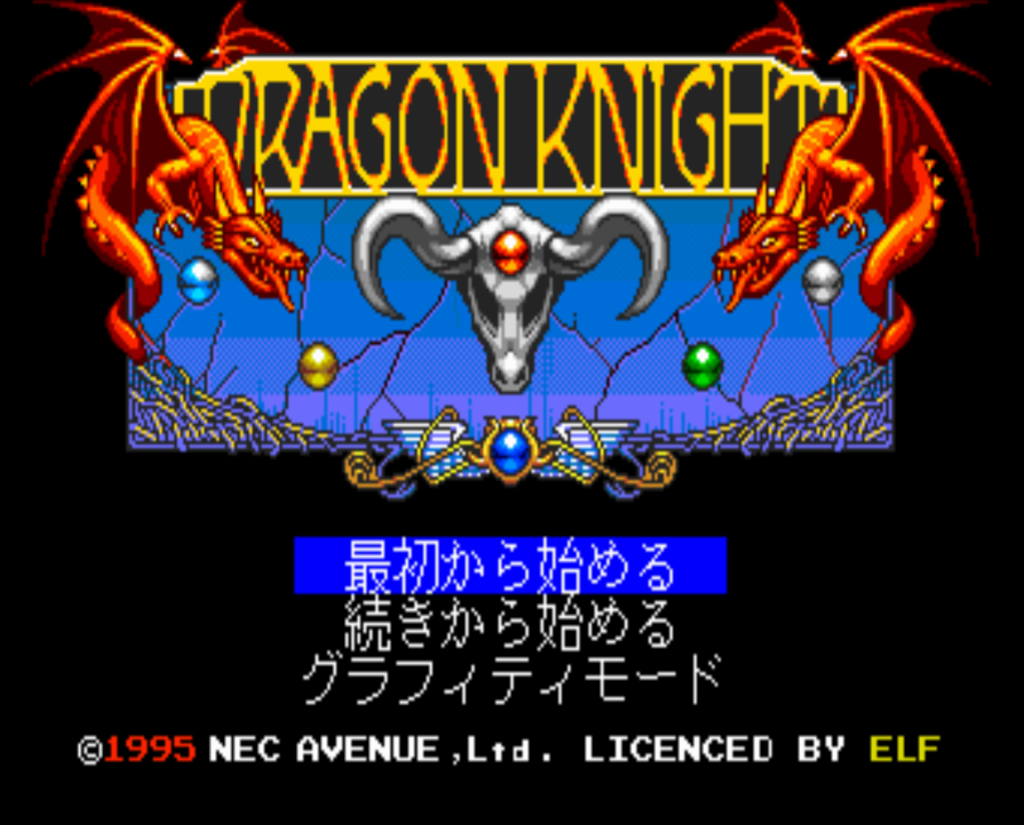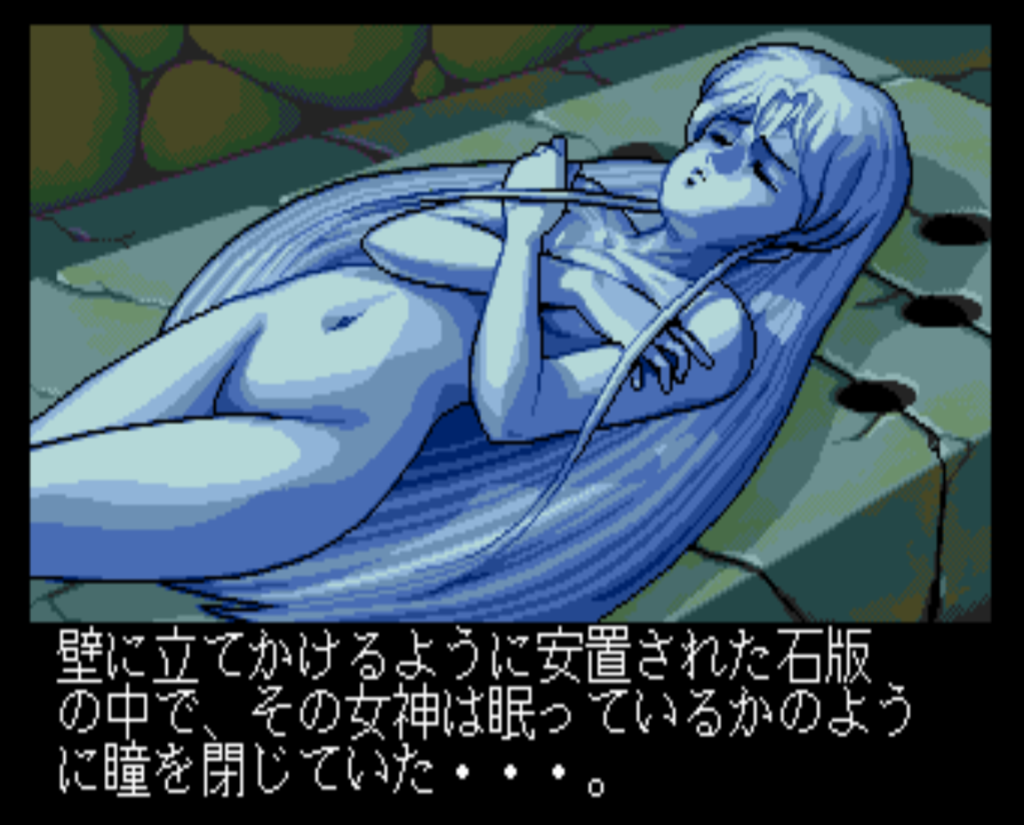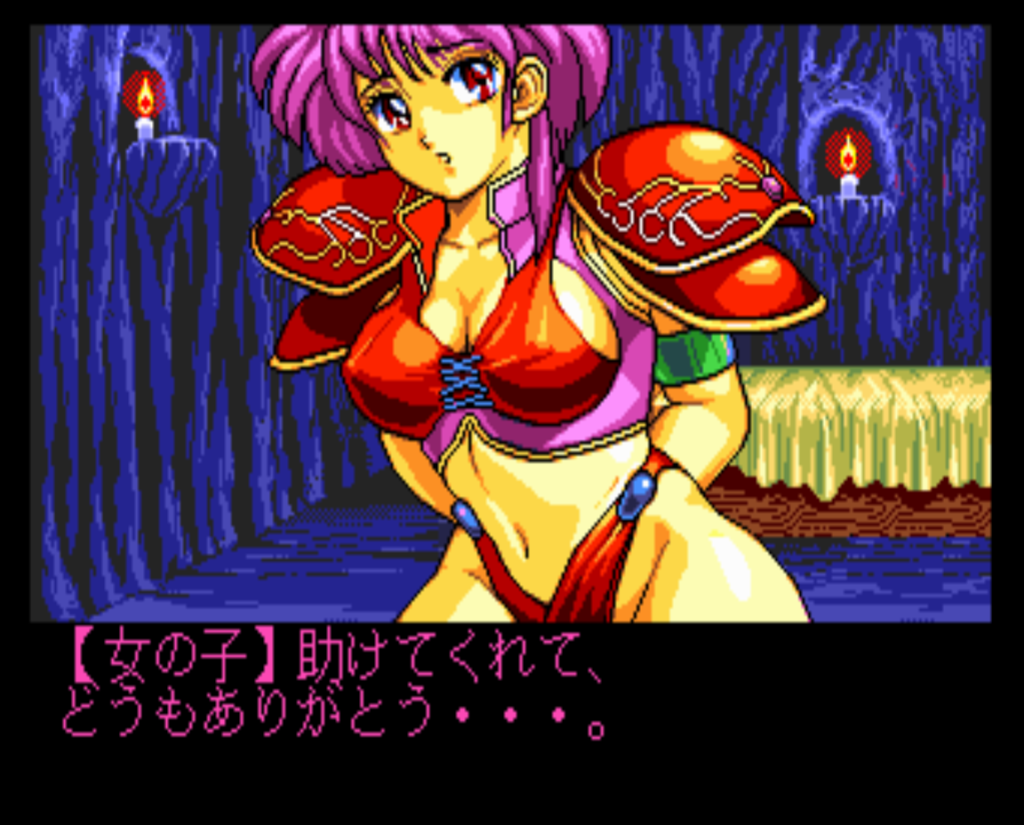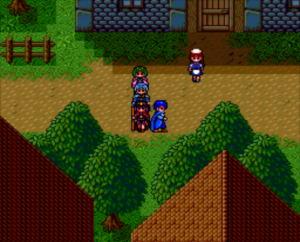Madou Monogatari I – Kindergarten Graduate of Fire (魔導物語I 炎の卒園児), released 12/13/1996, developed and released by NEC Avenue

Exactly 6 years ago to the day, I posted the first PC Engine game post after making the (perhaps foolish) decision to do those in addition to Super Famicom. 49 games later I am doing the last one — I didn’t finish many of the PC Engine games but it was interesting to see them all.
This was nearly the last game released for the system — two more PC Engine games came out in 1997 and one even in 1999 (a port/remake of the adventure games Dead of the Brain 1 and 2). It is yet another port or remake of the Madou Monogatari trilogy which had first been released for MSX computers in 1990. This covers only the first game, and thus draws from the same source as the Hanamaru Preschoolers SFC game I played recently. However, whereas that was a standard RPG that greatly expanded on the source material, this preserves the original dungeon-maze crawling. On the other hand, from what I can tell, almost everything was redone — it has different maps, (some) different items and spells, and (some) different monsters.
It’s hard to know why this game was re-released and ported so many times. Maybe after Puyo Puyo became popular they wanted to milk the original source material for all it was worth?
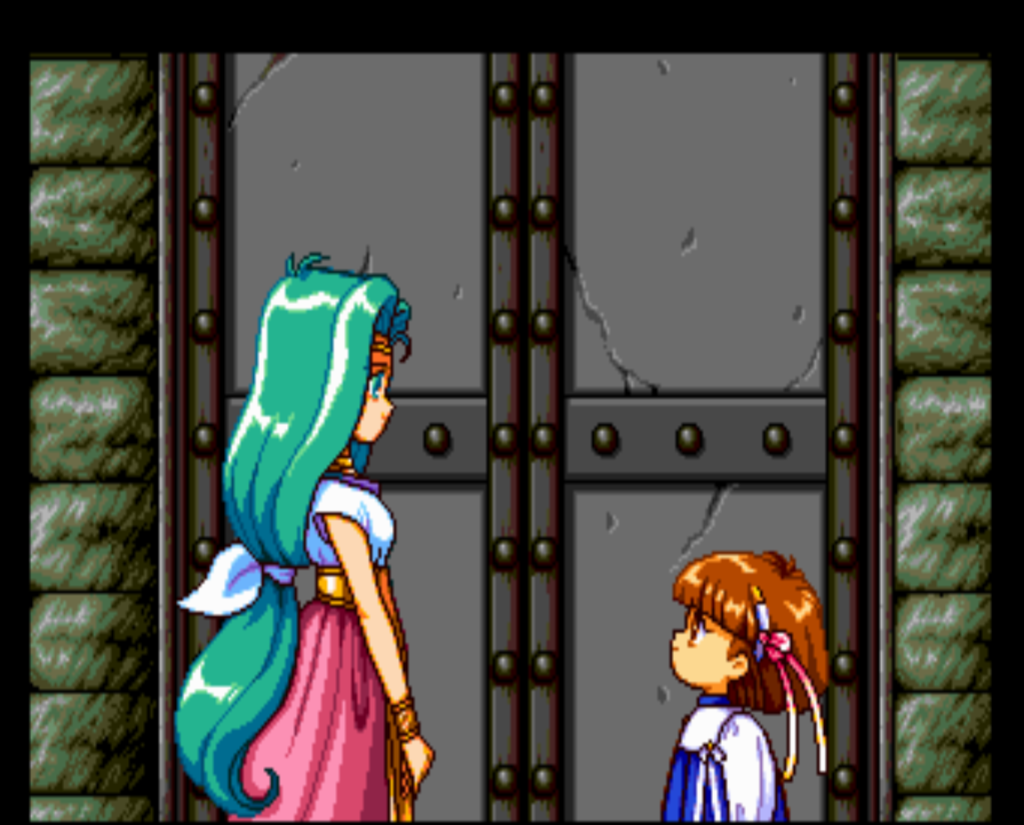
The starting story is the same — Arle Nanja is the only student in the magic kindergarten who has the right to try the tower to graduate. She needs to find the three orbs inside the tower.
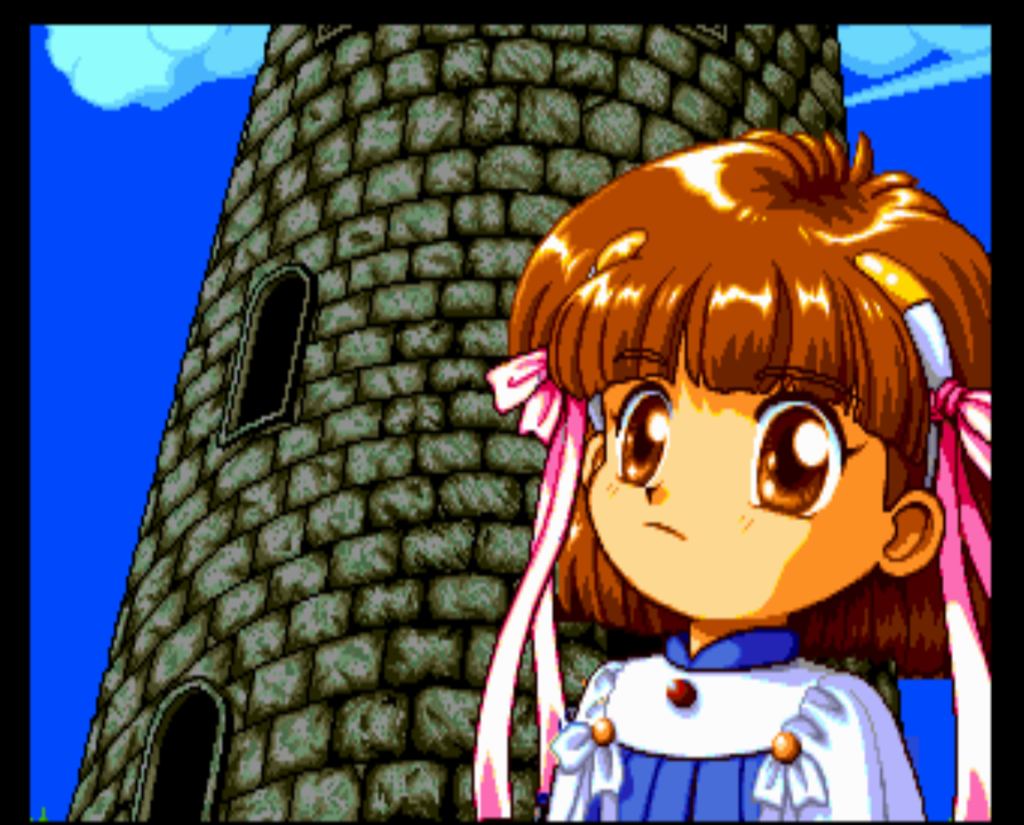
The game takes place over about 14 dungeon levels. The maps are fairly small (I think 8×8? Somehow I didn’t get a screenshot of the automap).
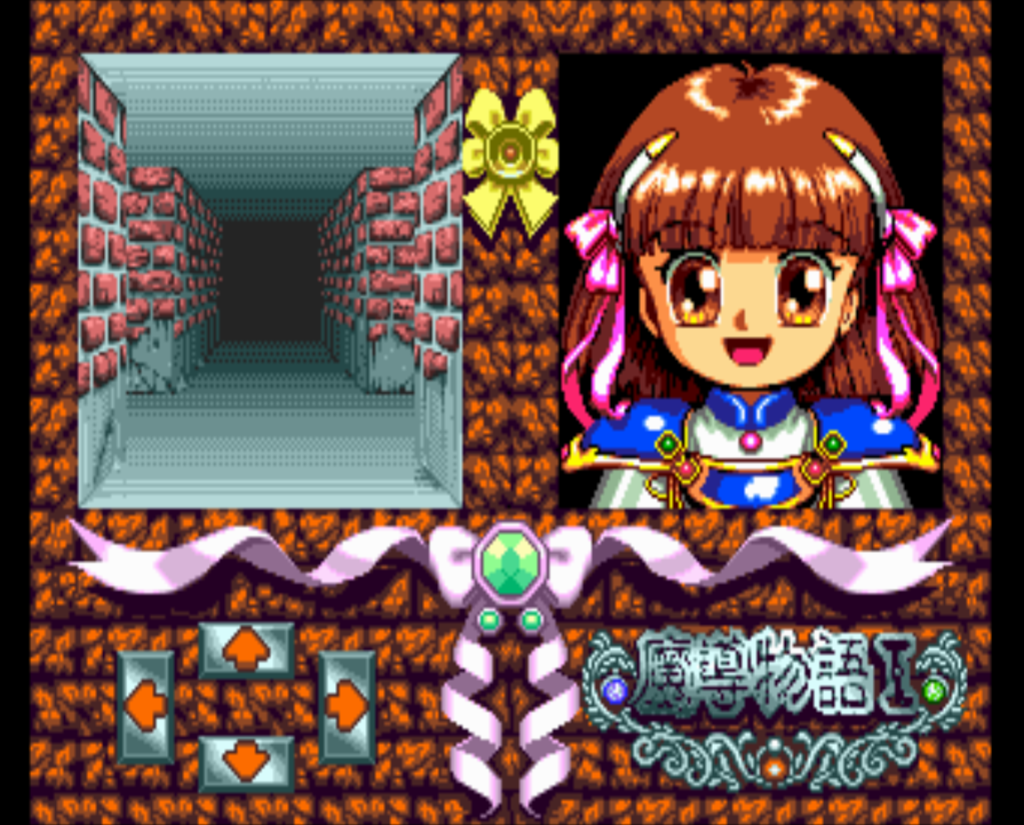
As in the previous games, there are no numeric stats at all in the game — you have to gauge your HP by Arle’s expression on the right, and her MP by what she says after she casts a spell. XP fills up the pink ribbons there until you level.

In battles you choose a spell to cast. Enemies seem to have spell weaknesses, and there are the usual “dia cute” (to increase power), sleep, heal, and other things like that. Sometimes the monsters will want to speak to Arle instead and she’ll make friends with them. You can choose not to, but since you have to do a certain amount of friendship to win the game I don’t know why you wouldn’t say yes.
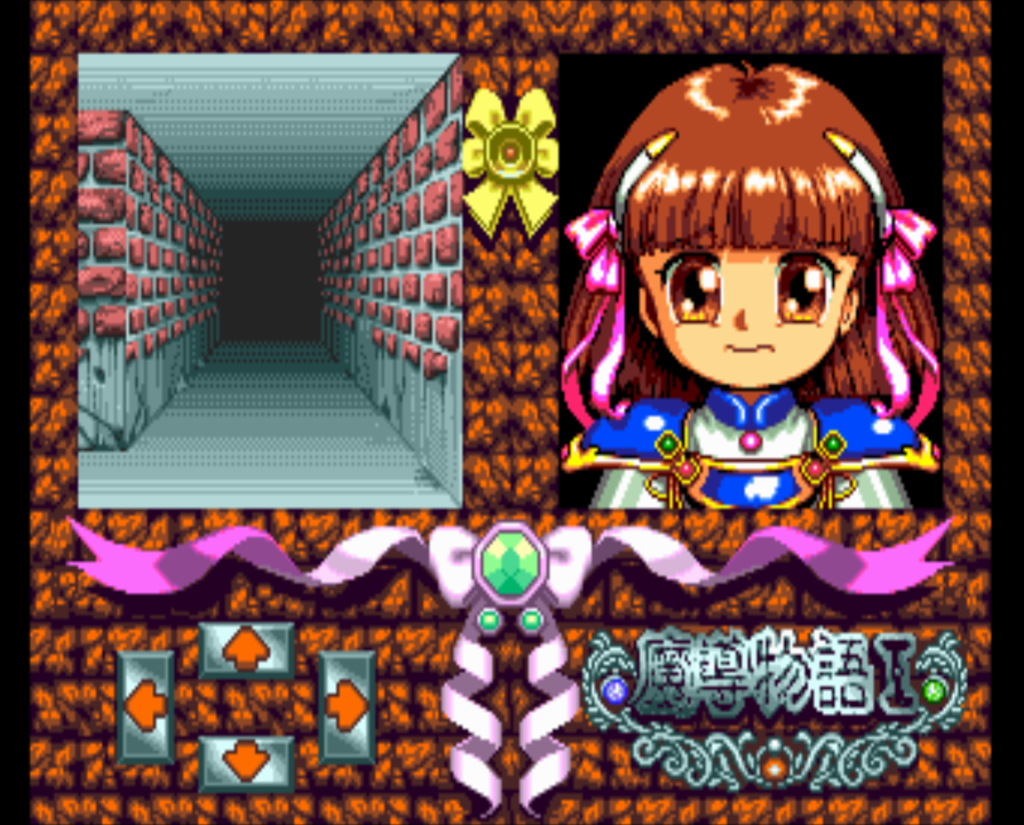
There are items in the game as well, but I could never find a way to see what the items did — I had to track down a kouryaku site which was not easy. There doesn’t seem to be a site specifically for the PC Engine game (or else it was lost in the geocities shutdown) but I was able to cobble together enough info to figure out what most of the items did.

On the third floor you slide around and run into the walls; to get past you have to buy a “wall creator” that you use to put up temporary walls you can stop at. Eventually Arle finds a treasure pile guarded by a lady that initially wants to fight…but then just sends her on a fetch quest which nets the first of the three jewels she needs to graduate.

The second one is at the top of the tower, held by a ninja who wants three scrolls from the 9th floor. Once Arle gets the second one, she is able to go into the basement of the tower.
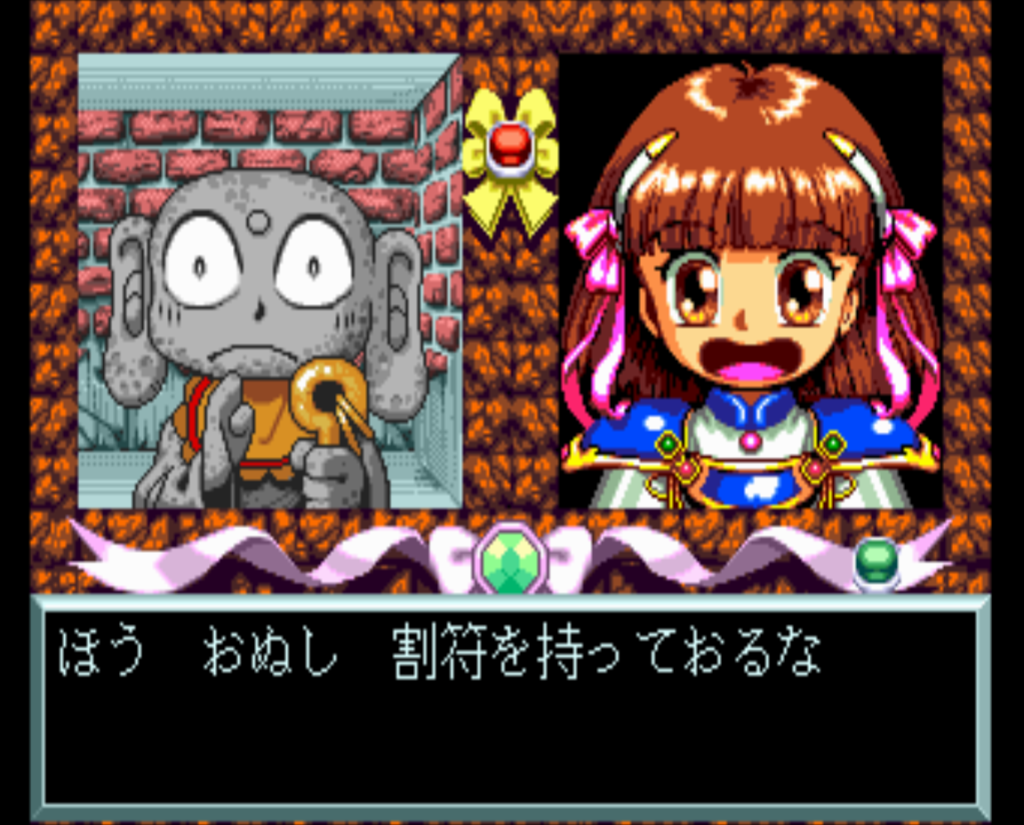
Here she has to use a “floor creator” to build several paths to a center area where she uses four tablets gained throughout the tower to access the final jewel. However, there is one more challenge before leaving.
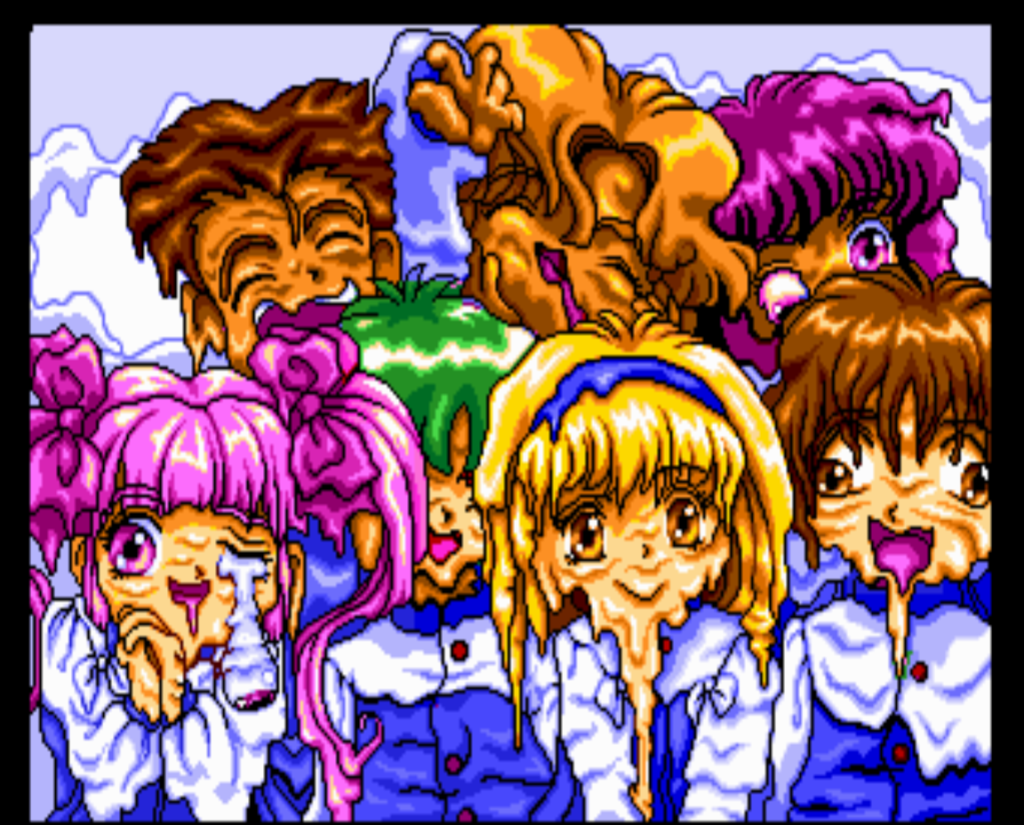
Her friends turn into a big zombie and attack! Fortunately she gets help from the spirits of the jewels.

The final boss is somewhat challenging but I was able to use all the full restore items I had gained throughout the tower. Lightning seemed to work the best.
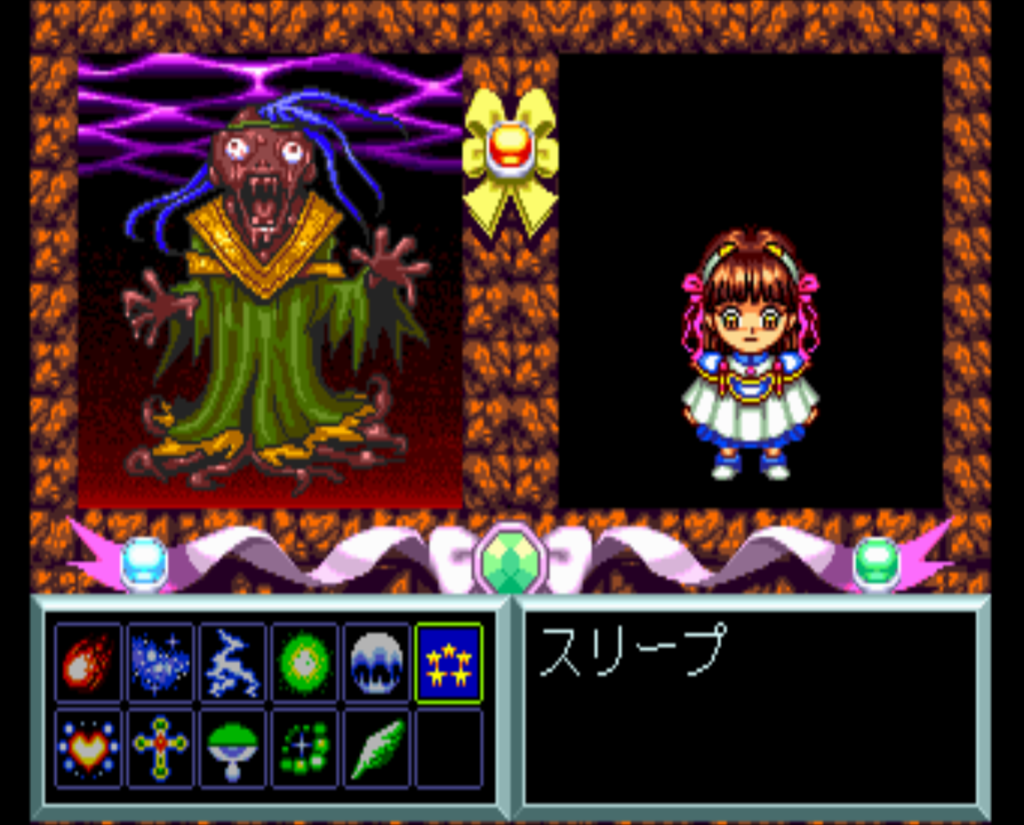
After defeating the zombie, Arle proves her worth (how can they make a 5 year old do this on her own)

And she gains the admiration of her class.
This game is OK. It’s pretty short and shows itself as being basically one-third of a game that was released in 1990. There’s a translation patch so you can try it yourself, but I feel like they didn’t do enough upgrading of the interface to make it as fun as it could have been.
So that is it for the PC Engine CD! It’s such a weird console — a hybrid of essentially an 8-bit era console which limited the graphics, but with this grafted add-on that allowed CD-quality music and lots of voice work. It seems like most developers just took advantage of the fact that CDs are cheaper to manufacture than carts and made almost no effort to actually use the CD tech. Games like Tengai Makyo and Ys were definitely the exception.
I think my top 5 games (in no order) would be Ys I&II, the first Lodoss war, Seiya Monogatari, Princess Minerva, and the first Xanadu.
I’ll be taking a break over the Christmas and New Year holiday but I expect to finish one more game before then.



